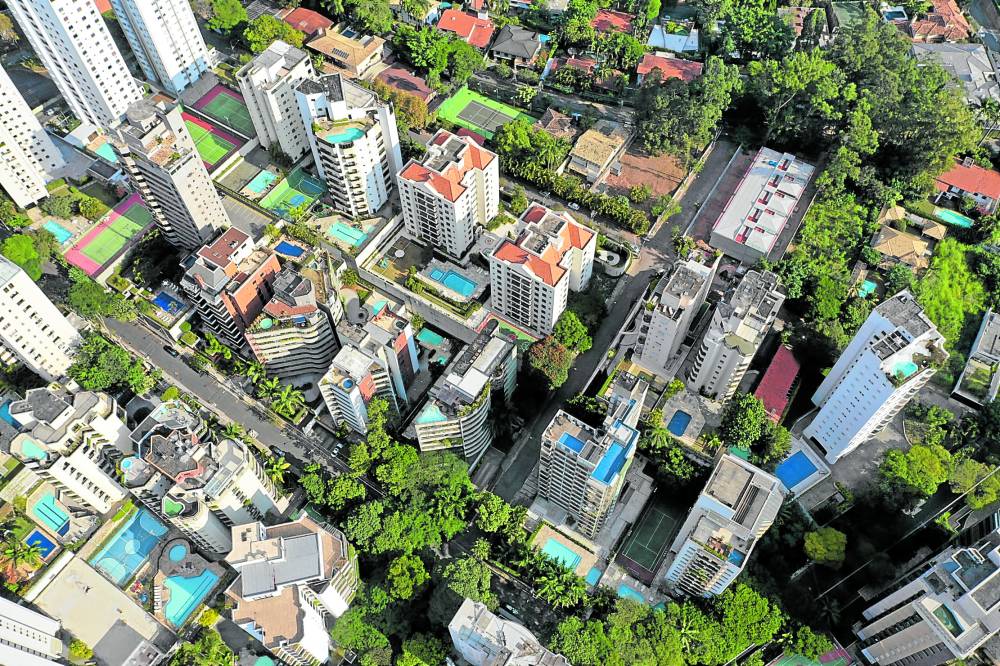
With good governance, there can be order in chaos and there can be equity, even in free-riding set-ups. (Sergio Souza / Pexels)
The term “user-friendly” has gained a negative connotation in this generation, as it has been used as an idiomatic expression to refer to people who gain benefits without lifting a finger.
In the field of economics, the “free-rider problem” captures the existence of individuals or firms that get to piggyback and enjoy the fruits of other people’s hard toil (DiPasquale, Wheaton, 1995). A related concept in urban economics is called “externalities” which refer to the positive or negative effects of other people’s decisions and consequent courses of action (O’Sullivan, 2007).
In an open system such as an urban setting, the relationship between investments and benefits cannot be contained in a balanced equation, where no variable is left unaccounted. Other entities manage to get in and enjoy the input side of the supposedly closed equation.
Everyday translations of free-riding
How is this imbalance between the left and right sides of the equation experienced in the city?
As we move around to go through the usual routines of work, study and play, we often find ourselves ranting about the lack of order in the urban environment due to elements that we think should not be there. We literally feel and see the lack of equilibrium as discord and incoherence set in.
As taxpayers in a balanced system, we expect nothing less than the commensurate amenities, services and quality of life. In an ideal world, city dwellers get the life that they are able and willing to pay for. This is the basis of the Tiebout theory that underlies the homogeneity of neighborhoods in terms of purchasing power (O’Sullivan, 2007).
In reality, taxpayers feel shortchanged due to the so-called free-riders, with whom paid-for life quality is shared. The overlapping of paid and free spaces is felt most in the public realm.
Streets and sidewalks
The redefining of streets due to changes in land uses can make for vibrant and safe places. (King Ho / Pexels)
We are irked by the experience of driving through narrow streets that also double up as parking spaces of business establishments in residential areas. The domino effect of the conversion of houses to restaurants result in crowded streetscapes, where mobility and privacy are compromised.
Businesses thrive due to the informal use of the streets and other community amenities. Ambulant vending follows suit as the crowds drawn in attract new economic activities. The increase in level of patronage then leads to the encroachment of sidewalks as the core houses expand in all directions and beyond property lines. Carrying capacities of utility systems are breached as businesses use more power and water.
Hence, the overlapping of the payment and benefits equations of private businesses and of public goods ensues.
Parks, open spaces and easements
Breathing spaces in the city are settled on as people address the distance issues that come in between places of work and residence.
Sites where industrial establishments are located would soon become hosts to non-tax paying households. Businesses that are supposed to provide housing sites for workers benefit from the free use of urban land by their workers and families. The consequent environmental challenges due to poor waste management, air and water pollution further add to the cost borne by the city government and its taxpayers, as typically believed.
As more high-rise buildings go up, visual amenity increasingly becomes a rare concept. (Max Vakhtbovych / Pexels)
View corridors
Air space is another public amenity that is taken over by businesses that are fueled by the lucrative returns from real estate developments.
As more high-rise buildings go up to respond to the rising demand for properties, visual amenity increasingly becomes a rare concept. View corridors enhance city experience as they serve as basis for wayfinding and orientation. Urban spaces are organized around these axes that provide a sense of structure that aids in productive and efficient networking between and among the city constituents.
Seeing the the other side of free-riding
In a world that can never be perfect, how can the city embrace the so-called free-riders and in the process benefit from them?
Paving the way for co-existence begins with recognizing the value of free-riding setups in urban settings. It also involves converting negative externalities to positive externalities.
Taking off from the cited examples, the redefining of streets due to changes in land uses can make for vibrant and safe places. The coming in of people and the 24-hour activities may account for more walkable streets. Notwithstanding the informal use of land by city migrants, the reduction of workers’ travel cost and travel time to their places of work translate to lower production costs that enable producers to sell at lower prices. Beneath the often perceived chaos that come with the juxtaposition of high and low-income housing are inter-dependency networks that keep local economies alive.
Businesses thrive due to the informal use of the streets and other community amenities. (Scott Webb / Pexels)
Public governance as the balancing force
Seeing assets beyond what would conventionally be regarded as liabilities is key to creating inclusive places that tap people’s fullest potentials to meaningfully contribute to urban activities. Costs that cannot be fully borne by individuals who take active part in city affairs may constitute local government investments in the form of public housing, mass transportation or shared amenities.
With good governance, there can be order in chaos and there can be equity, even in free-riding set-ups.
References: DiPasquale, Denise, William Wheaton (1997). Urban Economics and Real Estate Markets. Prentice Hall, Engelwood Cliffs, NJ.O’Sullivan, Arthur (2007). Urban Economics International Edition. McGraw-Hill Companies, Inc. NY.
The author is a Professor at the University of the Philippines College of Architecture, an architect and urban planner